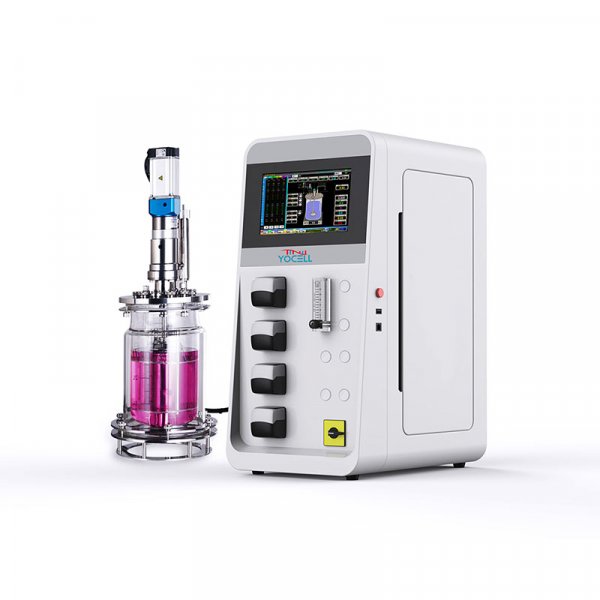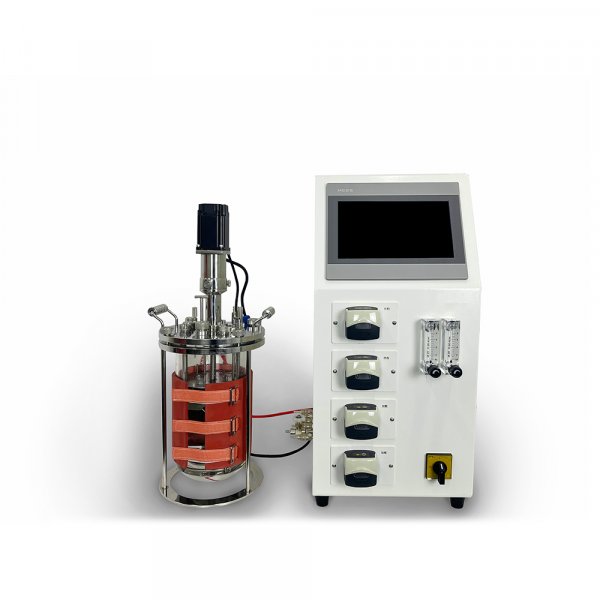The separation and purification of proteins is essentially the process of separating one or several specific proteins from a mixture of cell lysates. The most commonly used protein purification techniques in experiments include salting out, affinity chromatography, ion-exchange chromatography, gel filtration chromatography, etc.
1. Salting out
Salting out, as a classic method for protein separation and purification, has been widely applied in practical experiments. It is a purification approach developed based on the different solubilities of proteins. Different types of proteins usually have different solubilities. At a low salt concentration, when a certain concentration of neutral salt is added to the solution, as the salt concentration in the solution increases, the solubility of the protein will increase. This process is called salt dissolution. However, as the salt concentration continues to increase, due to the stronger hydrophilicity of salt ions, it will neutralize the charge on the protein surface, destroy the hydration film of the protein, cause the protein to aggregate together, and thus precipitate out. This process is called salting out.
Therefore, adding a certain concentration of neutral salts to the protein mixture can cause the proteins to precipitate and separate, achieving the purpose of purification. Usually, due to the different sizes and hydrophilicities of various types of proteins, the salt concentration during salt precipitation varies. By taking advantage of this property, it is possible to achieve the purpose of graded salt precipitation, thereby achieving the separation and purification of proteins. The commonly used neutral salts in salt precipitation experiments include ammonium sulfate, sodium sulfate, sodium chloride, magnesium sulfate, etc. Among them, ammonium sulfate is the most commonly used. Usually, solid powder of ammonium sulfate or saturated ammonium sulfate solution is added while stirring at 4℃ to cause the protein to precipitate and separate. The salt precipitation method can not only enrich the target protein but also effectively remove impurities such as nucleic acids, polysaccharides, and lipids. It is usually used in the first step of protein purification.
2. Affinity chromatography
Affinity chromatography is a widely used and highly effective method. It is a technique that utilizes the specific and reversible interaction between biological macromolecules (the target sample) and another substance (ligand) to achieve separation and purification. The biological macromolecules to be purified are in the mobile phase (mixed solution), while the ligand that specifically interacts with the biological macromolecules is fixed on a specific matrix (support). When the mixed solution comes into contact with the support, due to the specific interaction between the biological macromolecules and the ligand, the target molecules can remain on the support, while the other components in the mixture do not interact with the ligand and remain in the mobile phase. When the support and the mobile phase are separated, the target molecules can be separated from the mixed solution. Then, an appropriate elution solution is added to elute the target molecules from the support, thereby achieving the purpose of separation and purification. Because it specifically "catches" the target molecules, affinity chromatography is more efficient and has higher resolution compared to other purification methods.
In the actual protein purification process, certain tags are usually added to the protein to enable it to specifically interact with the ligand, thereby separating the target protein. The commonly used tags in experiments include histidine tags (His-tag), maltose-binding protein tags (MBP-tag), chitin-binding tags (CBD), etc. Since the His tag is the most widely used, this article will take the His tag as an example to describe the application of affinity chromatography in protein purification. The imidazole group of histidine can specifically interact with divalent cations (Ni2+, Cu2+, Co2+), and these cations combine with specific matrices to form the stationary phase. Among them, the application of Ni-NTA is the most widespread. When the N-terminal or C-terminal of the target protein is fused with 6 histidine tags (6×His), the fusion protein can specifically interact with Ni-NTA, thereby separating the target protein from numerous impure proteins. Then, by adding an elution solution containing high concentrations of imidazole, the target protein can be dissociated from Ni-NTA, and the target protein can be obtained, achieving the purpose of purification.
3. Ion-exchange chromatography
Ion-exchange chromatography is a separation and purification method developed based on the different charges and charges of proteins. Ion-exchange chromatography is divided into cation exchange chromatography and anion exchange chromatography. Ion-exchange chromatography usually uses ion-exchange columns to separate and purify proteins. Ion-exchange columns are divided into cation exchange columns and anion exchange columns. Cation exchange columns carry negative charges and can bind positively charged proteins, while anion exchange columns carry positive charges and can bind negatively charged proteins.
In the solution, due to the ability of the amino acid side chains of proteins to undergo ionization, the proteins exhibit different charges in buffers of different pH values. When the pH of the buffer is higher than the isoelectric point (pI) of the protein, the protein carries a negative charge. At this time, a cation exchange column is selected for purification; when the pH of the buffer is lower than the pI of the protein, the protein carries a positive charge, and a cation exchange column is chosen for purification; when the pH of the buffer is equal to the pI of the protein, the protein does not carry an electric charge, and at this time, the protein is unstable and prone to precipitation. After the protein binds to the ion exchange column, the target protein is eluted by changing the ionic strength of the solution or adjusting the pH of the solution, thereby achieving the purpose of separation and purification.
4. Gel filtration chromatography
Gel filtration chromatography, also known as exclusion chromatography or molecular sieve chromatography, is a purification method developed based on the shape and size of proteins. It is generally used for the fine purification of proteins. Gel filtration chromatography is accomplished through molecular sieves. The internal of the molecular sieve is filled with inert gel substances. These gels contain mesh-like small pores, allowing small molecules to pass through, while large molecules cannot enter the small pores and can only pass through the gaps between the gel particles.
When the solution contains proteins of different sizes, assuming that the shapes of these proteins are all spherical, since proteins with smaller molecular weights can enter the small pores, the path through which they flow is longer, and they come down from the molecular sieve relatively late. While proteins with larger molecular weights directly pass through the gaps between the gel particles, the path through which they flow is shorter, and they flow out from the molecular sieve earlier. Due to the difference in the length of the flow path, the time of outflow is different, thereby achieving the purpose of separation and purification. It should be noted that molecular sieve chromatography has requirements for the shape of proteins. Proteins with the same molecular weight but different shapes will have different times of outflow from the molecular sieve. The outflow time of spherical proteins is shorter than that of rod-shaped proteins. When purifying proteins using molecular sieve chromatography, it is assumed that all proteins are spherical. In this way, the influence of protein shape on the peak time is not considered, and only the size of the protein is considered.
In the process of protein purification, apart from the above-mentioned methods, isoelectric point precipitation, dialysis, ultracentrifugation and other methods are also used. However, these methods are not widely applied in actual experiments, so they will not be introduced in detail here. In addition, it is difficult to obtain high-quality target proteins by using only one purification method in the experiment. Therefore, during the purification process, multiple purification methods are usually combined. The appropriate method is selected based on the properties of the protein, and through multi-step purification, high-quality target proteins are ultimately obtained.



